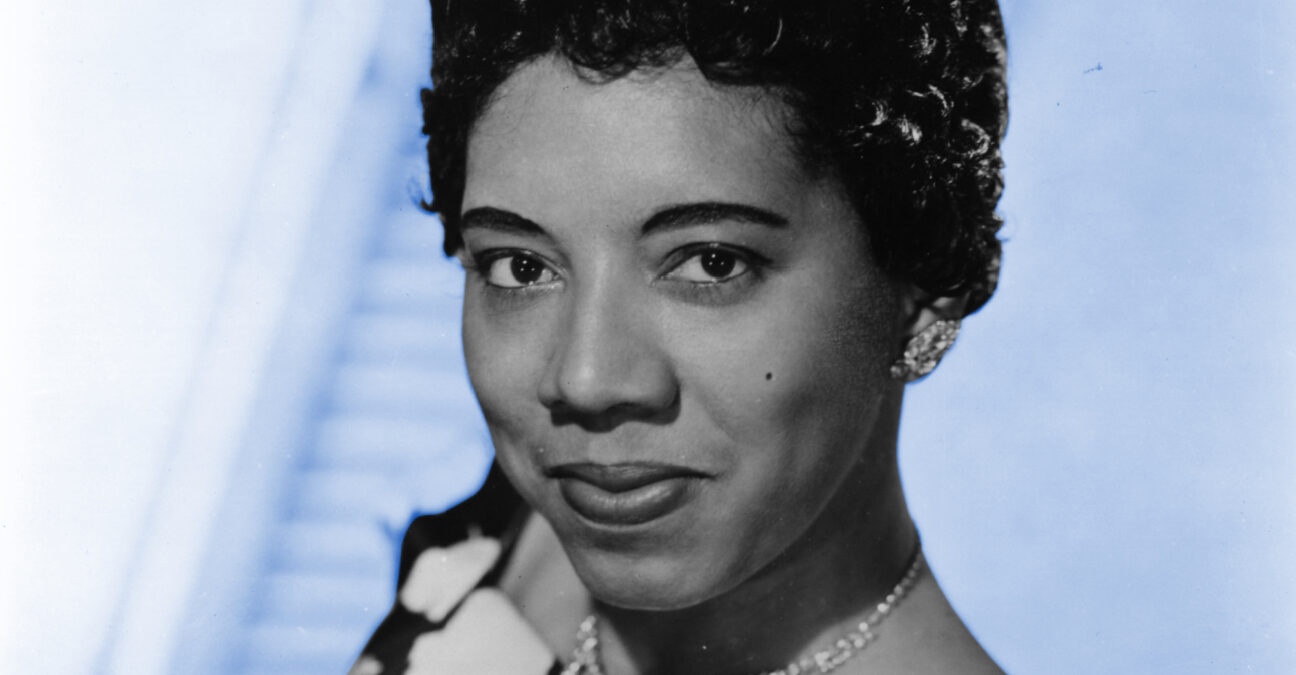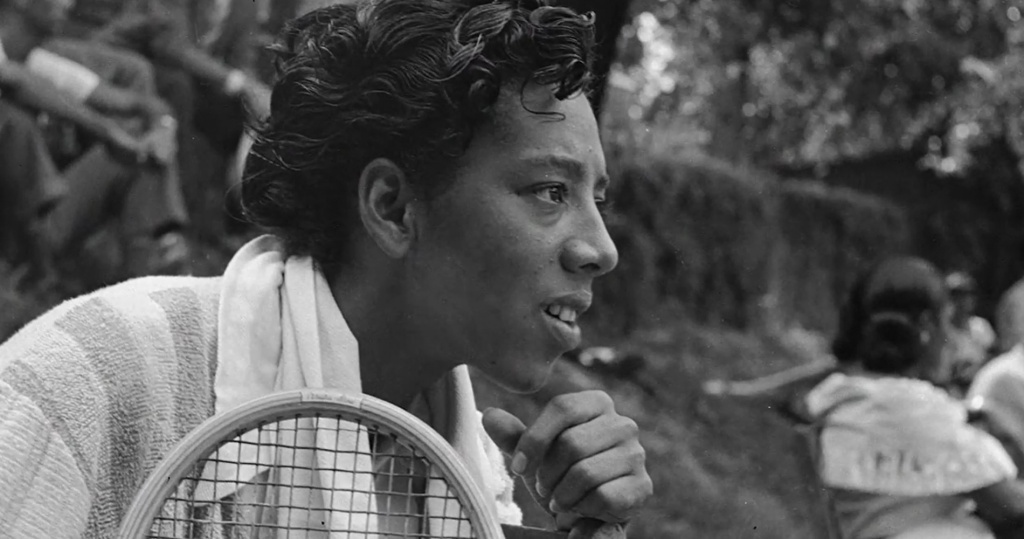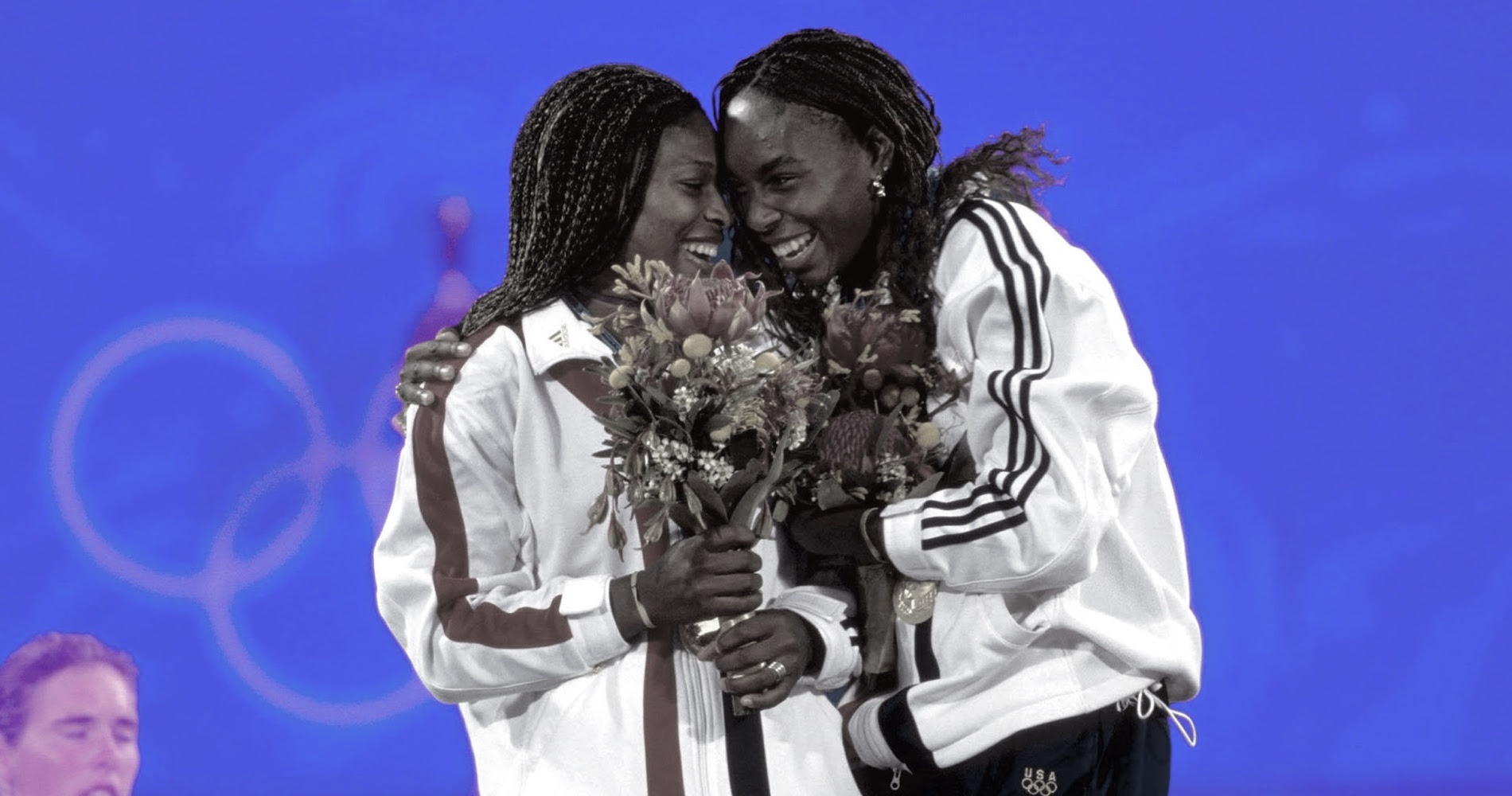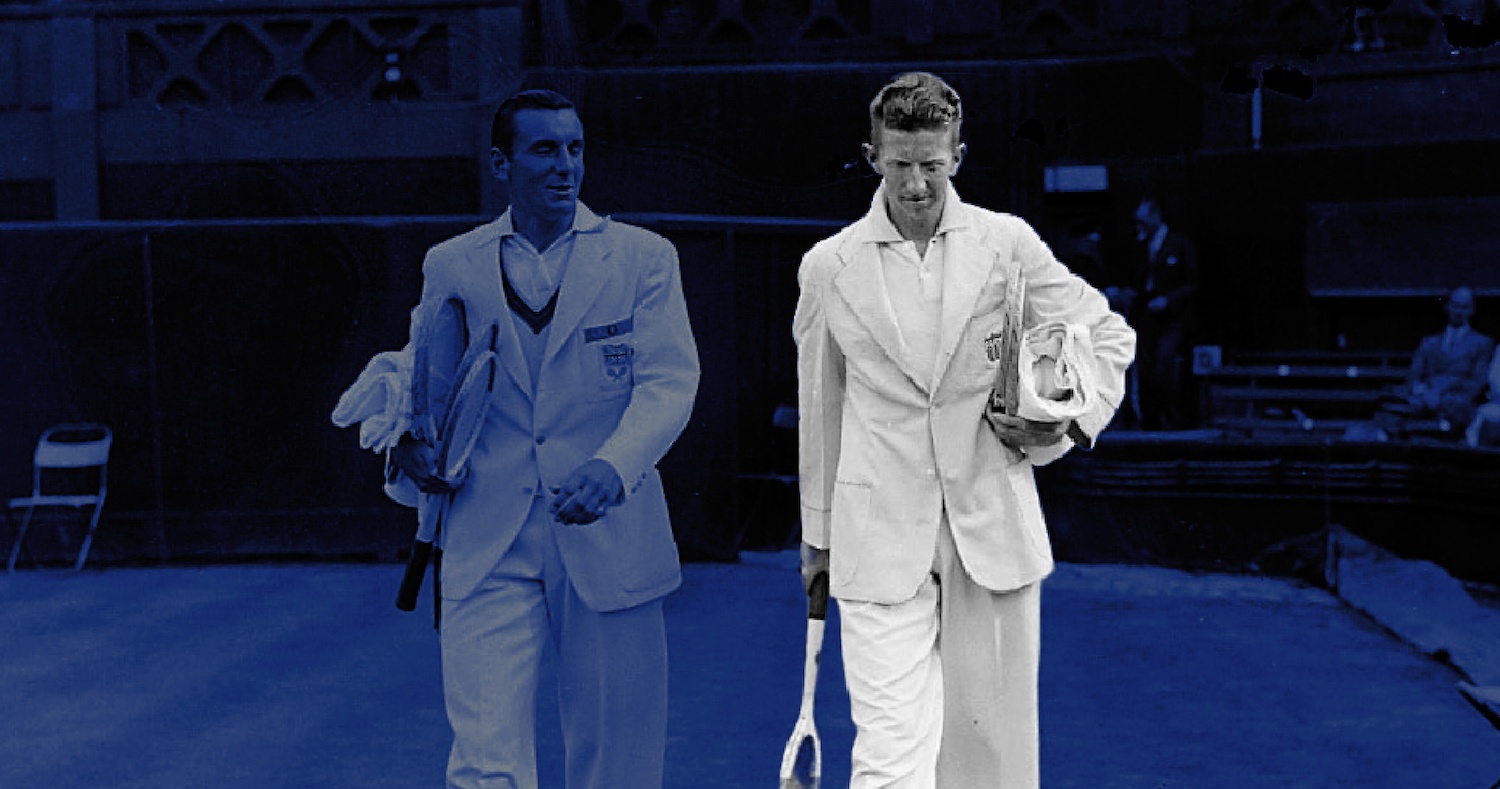September, 28, 2003: The day Althea Gibson, the first African-American player to ever win a Grand Slam tournament, passed away
Every day Tennis Majors takes you back in time to celebrate a great moment in tennis history. Today, we go back to 2003 to pay a tribute to the first African-American tennis star, Althea Gibson, who died on this day at the age of 76
 Althea Gibson, On This Day
Althea Gibson, On This Day
What happened exactly on that day?
On this day, September 28 in 2003, tennis legend Althea Gibson died at the age of 76, from complications following respiratory and bladder infections. Having claimed five Grand Slam titles in singles, her victories represented more than just success at tennis: it was the outcome of a long fight against racism and prejudice, which Gibson had to face before she was allowed to compete in major tennis events. Her success was a big step in favor of the desegregation in tennis as well as the movement for civil rights.
The facts: The life and times of Althea Gibson
- The early years
Althea Gibson was born in 1927 on a cotton farm in North Carolina, but she grew up in New York, where her family, hit by the Great Depression, moved in 1930. She made her debut with a racket in the streets of Harlem, playing paddle tennis, a game adapted from tennis, played on a smaller court without the doubles alley (not to be confused with the sport known as padel in modern days).
Young Althea quickly became a standout at this game and was the New York paddle champion in 1939, at the age of 12. Thanks to a collection made by her neighbours, she had the opportunity to become a member and take lessons at the Harlem Cosmopolitan Tennis Club, a club for African-American players.
In 1941, Althea Gibson started to play in the American Tennis Association (ATA), the African-American equivalent to the USLTA (United States Lawn Tennis Association). With famous boxer Sugar Ray Robinson’s financial help, Gibson captured the junior national championships and in 1947 won the first of 10 straight ATA national women’s titles. Her strength and speed allowed her to dominate the court.
Gibson’s successes were noticed by benefactors Walter Johnson and Hubert A. Eaton. With their help, she managed to enter bigger tennis events but the USLTA tournaments remained closed to her. The USLTA officially did not authorize racial segregation in tennis events, but many of its tournaments were actually held in all-white country clubs. Eventually, Althea Gibson set foot in this world in 1949, becoming the first black woman to compete at the USTA’s National Indoor Championships, where she reached the quarter-finals.

- Gibson finally gets to play the US National Championships
But it was not before 1950 that she could participate in the most important tournament held by the USTA, the National Championships at Forest Hills. After she had been denied access to the draw several years in a row, it took the intense lobbying of former champion Alice Marble to force the organization to let Althea Gibson compete. In a letter to the USLTA Magazine, Marble wrote : “If tennis is a game for ladies and gentlemen, it’s also time we acted a little more like gentle-people and less like sanctimonious hypocrites…. If Althea Gibson represents a challenge to the present crop of women players, it’s only fair that they should meet that challenge on the courts.”
Gibson was then admitted to the Forest Hills tournament and won her first round against Barbara Knapp, before losing to Louise Brough, the defending Wimbledon champion in a match played over two days because of a rain delay. It was an important moment in tennis history, as sportswriter David Eisenberg told Sports Illustrated, “I have sat in on many dramatic moments in sports, but few were more thrilling than Miss Gibson’s performance against Miss Brough. Not because great tennis was played, because it wasn’t. But because of the great try by this lonely, and nervous, colored girl.”
Gibson’s inclusion in America’s biggest tennis event was not just the story of a tennis player making her way to the top. For the African-American community, this was comparable to what Jackie Robinson in 1947, when he became the first black player to play in a Major League Baseball game. It was a milestone in the fight for civil rights.
In 1951, at the Carribean Championships in Jamaica, Gibson won her first international tournament, and in July, she became the first black woman to play at Wimbledon, reaching the third round.
In 1956, Gibson travelled for the first time to Paris to play the French Open as the No 3 seed. There, she dropped only one set on her way to the final, against Angela Buxton in the semi-final which she won 2-6, 6-0, 6-4.
- Gibson creates history by winning a Grand Slam title
On Saturday, May 26, 1956, Althea Gibson defeated world No 1 Angela Mortimer for the first time in five encounters, 6-0, 12-10 (the tie-break had not been introduced yet), and she became the first black athlete in tennis history to claim a Grand Slam tournament.
African American champion MaliVai Washington, runner-up at Wimbledon 40 years later in 1996, would sum up for ESPN the impact of this win: “In every sport there are trailblazers we look to and say, ‘If it weren’t for this person, I might not be where I am today.’ Everyone has said that about Arthur Ashe, but about a decade before Ashe was winning Grand Slam titles, Gibson had already won them – the first African-American to ever do so. But when she was winning, tennis majors didn’t receive the worldwide attention they get today. As a result, many young tennis players today don’t know much about Gibson, who broke barriers when the sport was still mostly played in country clubs.”
The following year, in 1957, Althea Gibson set new milestones, triumphing at Wimbledon and the US Open. At the All England Club, she won in front Queen Elizabeth II: “Shaking hands with the Queen of England,” she said, “was a long way from being forced to sit in the colored section of the bus.”
On July 11, coming back to New York, she became only the second Black American, after the 1936 Olympic champion Jesse Owens, to be honored with a ticker tape parade. In 1958, she was the first black woman to make the cover of Time and Sports Illustrated.
In total, Gibson claimed five Grand Slam titles in singles, five in doubles, and one in mixed doubles in a three-year span. At the end of 1958, she decided to turn professional, signing a contract with the Harlem Globetrotters basketball team to play exhibition matches before their games. However, she was very disappointed with the way her professional career turned:
“When I looked around me, I saw that white tennis players, some of whom I had thrashed on the court, were picking up offers and invitations,” she wrote later. “Suddenly it dawned on me that my triumphs had not destroyed the racial barriers once and for all, as I had – perhaps naively – hoped)”. At the same time, being a talented singer, she recorded an album titled Althea Gibson Sings.
- Gibson becomes a professional golfer
Having broken barriers in tennis was not enough for Althea Gibson and, in 1964, she began a professional career in golf. Still suffering from racial prejudice, having sometimes to get dressed in her car as country clubs still did not admit black people in their premises, she climbed climb as high as No 27 in the world and retired in 1978.
Throughout the 1970s and the early 1980s, Gibson kept herself very busy, getting involved in politics and running tennis coaching programs. Future Wimbledon runner-up Zina Garrison benefited from Gibson’s coaching in her early years. Unfortunately, in the late 1980s, she suffered severe health issues, which left her without financial resources. She landed on her feet with the help of her old-time friend, Angela Buxton, a former tennis player, who stirred the pot to raise close to $1 million for Gibson.
- Williams sisters continue Gibson’s legacy
It was 41 years before another African-American woman, Serena Williams, claimed a Grand Slam title – at the 1999 US Open. According to Williams’ sister Venus, Althea Gibson watched the final, happy to see another black woman win in her lifetime.
Before her death, on September 28, 2003, Gibson had the opportunity to see the Williams sisters rising to the very top of the world, facing each other in four consecutive Grand Slam finals. Serena acknowledged Gibson’s legacy, as she told wtatennis.com: “For me, she was the most important pioneer for tennis. She was black, she looked like me and she opened up so many doors.”
What next? Gisbon gets honoured at the US Open site
16 years later, Althea Gisbon’s deeds would be honored at the Billie Jean King Tennis Center with the unveiling of a statue of her in front of the Arthur Ashe Stadium, named after the first African-American man to have played in the United States Davis Cup team and won the US Open.

















Althea’s story is a powerful reminder that perseverance and talent can overcome any obstacle.
Reflecting on Althea Gibson’s incredible contributions to tennis and society.